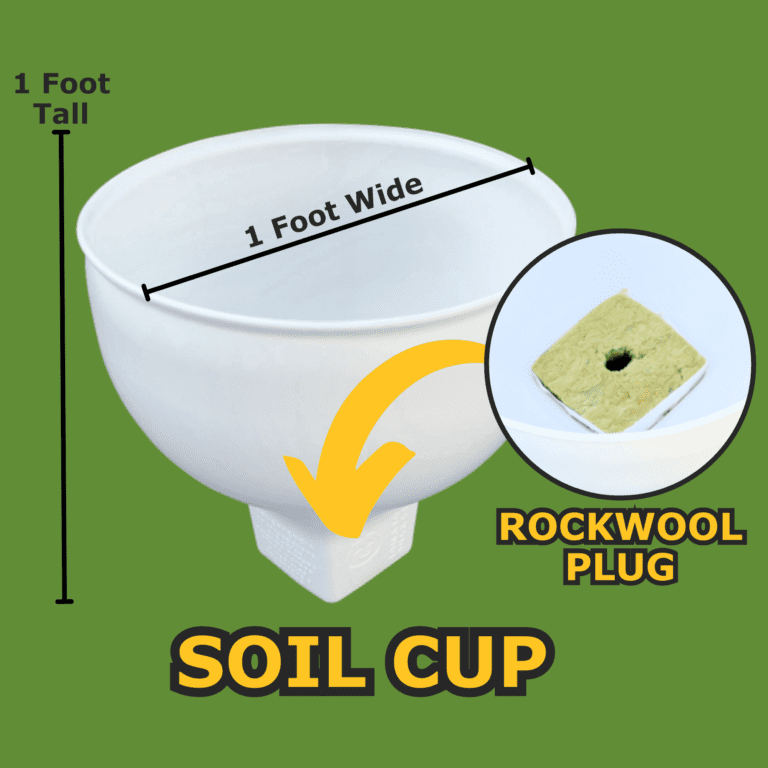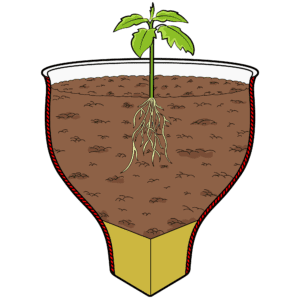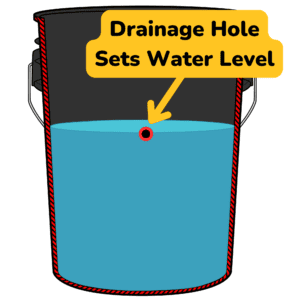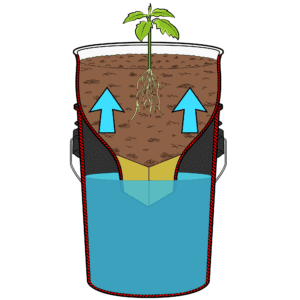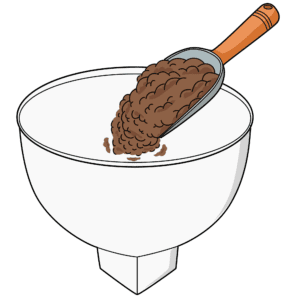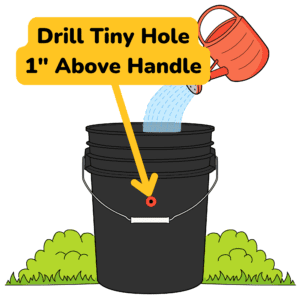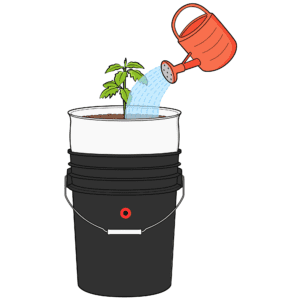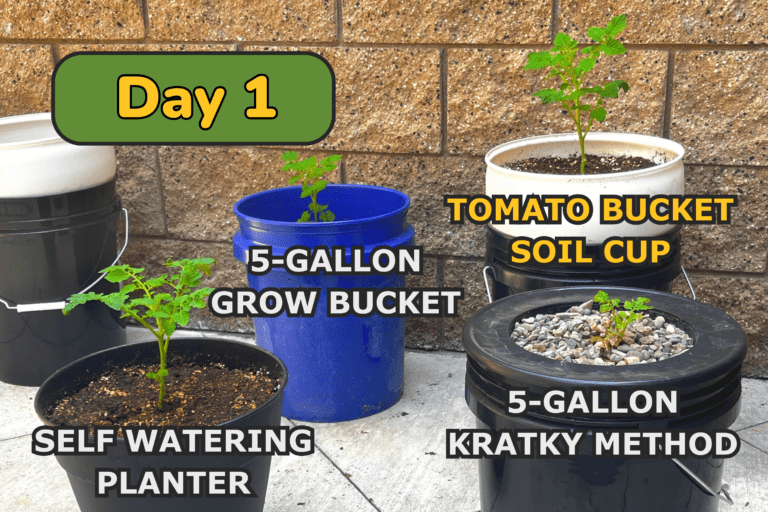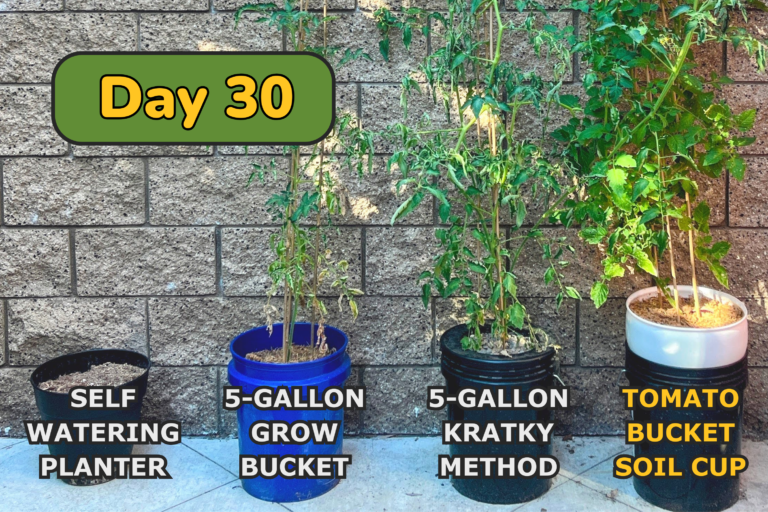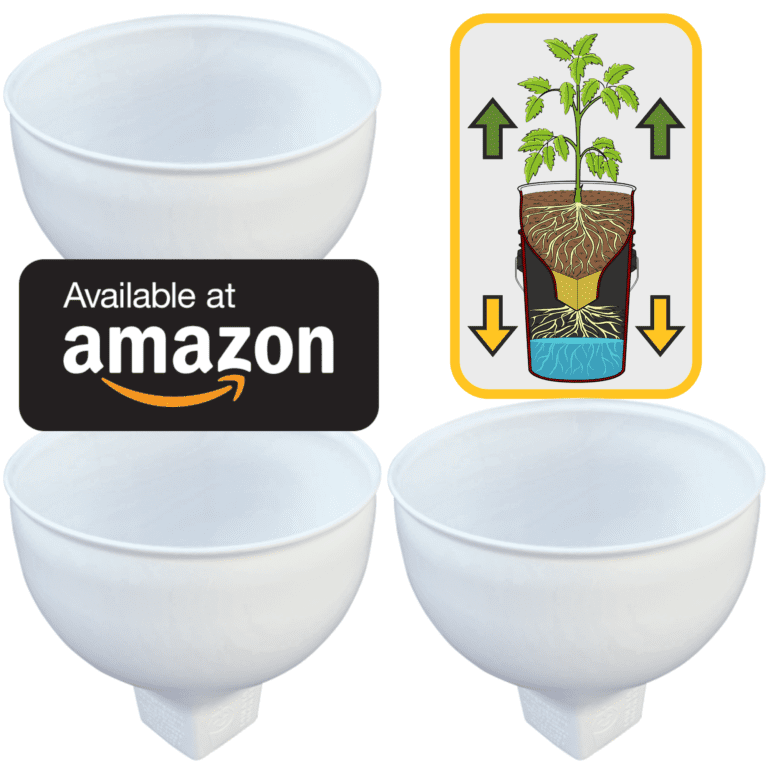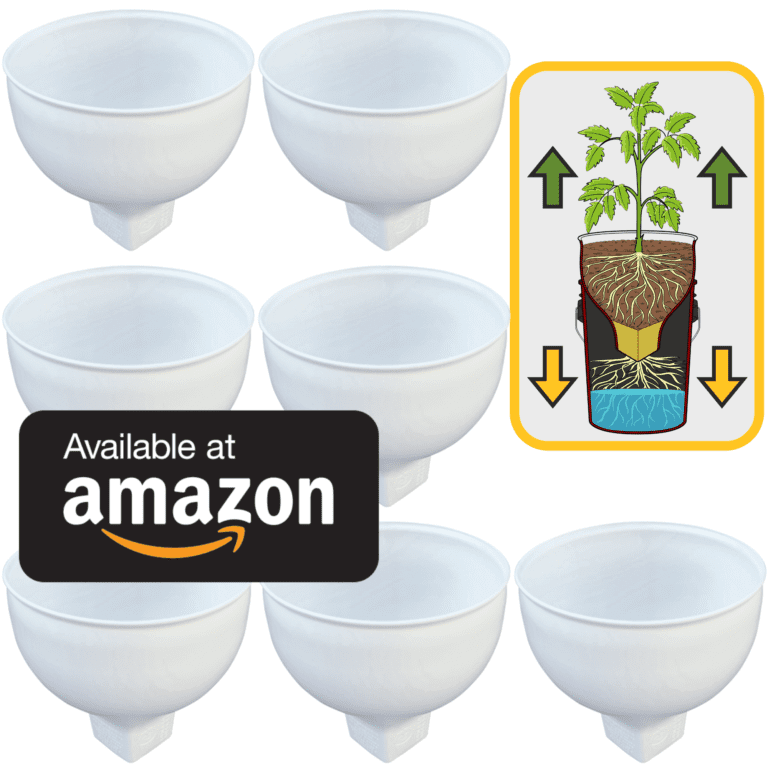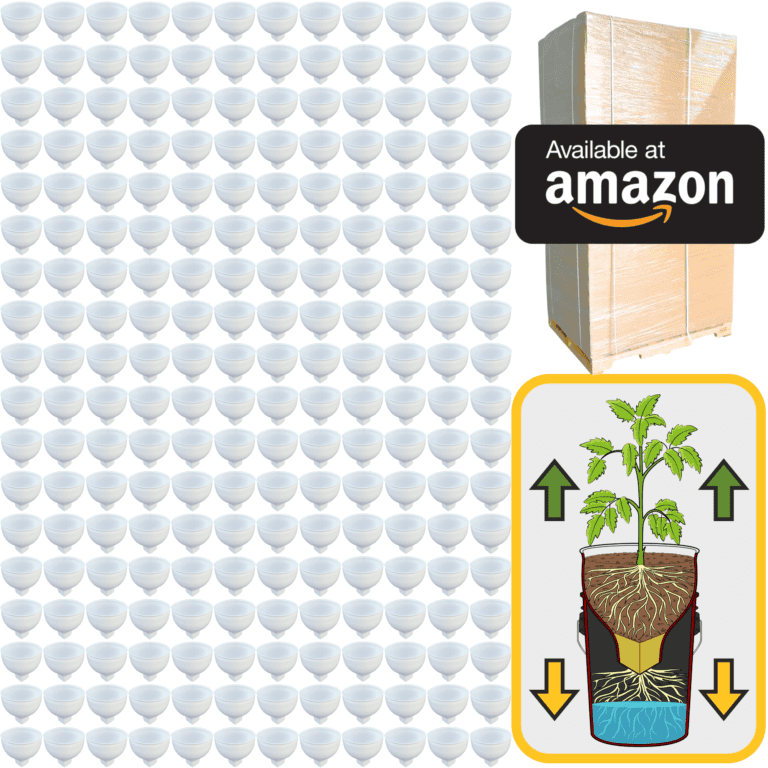At the heart of every plant, whether it’s a towering tree or a small herb in your windowsill, is a process that makes life possible—photosynthesis. This is the incredible way plants convert sunlight into energy, and it’s the reason why your garden can grow and thrive. You don’t need a deep background in science to understand it; you just need to know that photosynthesis is like the engine that keeps your plants running. Once you get the basics of how this works, everything else about gardening becomes much clearer.
Photosynthesis starts with sunlight. Plants need light the way we need food. It’s their main source of energy, and they gather it through their leaves. Think of each leaf like a tiny solar panel, capturing light and converting it into something useful. Inside every leaf are special structures called chloroplasts, which contain chlorophyll, the pigment that gives plants their green color. But chlorophyll isn’t just for show—it’s the part of the plant that absorbs sunlight and kicks off the process of turning that light into food.
Of course, light alone isn’t enough. For photosynthesis to work, plants also need water and carbon dioxide. The water comes from the soil, which the plant absorbs through its roots, and the carbon dioxide comes from the air. Plants have tiny openings on the underside of their leaves, called stomata, which let carbon dioxide in and release oxygen out. So while the leaves are busy capturing sunlight, they’re also pulling in carbon dioxide from the air, mixing it with the water they’ve drawn up through their roots.
When these three ingredients—sunlight, water, and carbon dioxide—come together inside the chloroplasts, the plant creates something called glucose. Glucose is basically sugar, and it’s what the plant uses as fuel to grow. This fuel allows the plant to build new leaves, flowers, fruits, and roots. In other words, glucose is what gives the plant the energy to keep on living and growing. And as a bonus, while the plant makes glucose, it releases oxygen into the air—a process that benefits not just the plant, but all of us.
To a gardener, this is more than just an interesting fact; it’s the key to understanding why your plants need light, water, and air. When you water your plants, you’re helping the roots send water up to the leaves to mix with sunlight and carbon dioxide. When you place your plants in a spot that gets enough sunlight, you’re ensuring that their little chloroplasts can do their job and create the energy the plant needs. And when you ensure your garden has good airflow, you’re helping the plants get enough carbon dioxide to fuel this whole process.
One of the first things you’ll notice about plants is how responsive they are to light. If a plant isn’t getting enough sunlight, it will try to find it. You’ve probably seen this before—a plant starts growing long and spindly, stretching out toward a window or light source. That’s because it’s trying to capture more light to keep its photosynthesis engine running. On the other hand, plants that get the right amount of light will grow sturdier, with more balanced leaves and stems.
Understanding how important light is to photosynthesis also helps explain why different plants need different amounts of sunlight. Some plants, like sunflowers and tomatoes, love full sun and need a lot of light to produce all the energy they need. Others, like ferns or hostas, do better in the shade, where they don’t have to work as hard to capture the light they need. Knowing what your plant prefers is key to helping it grow strong and healthy.
But light is just one part of the equation. Water is equally important, and it’s easy to overlook how much of a role it plays in photosynthesis. Without enough water, the plant can’t complete the photosynthesis process, because water is one of the essential ingredients. The roots are constantly working to pull water from the soil and send it up through the stem to the leaves. This water not only helps create glucose, but it also keeps the plant hydrated and allows nutrients from the soil to travel up to where they’re needed.
That’s why getting the watering right is such a crucial part of gardening. Too little water, and the plant wilts because it can’t carry out photosynthesis effectively. Too much water, and the roots can become waterlogged and stop working properly. Plants need a balance—the right amount of water, with enough drainage, so they can keep photosynthesis going without getting overwhelmed.
The last ingredient for photosynthesis, carbon dioxide, is something we don’t often think about because it’s just naturally in the air. But it’s just as important as light and water. When plants take in carbon dioxide through their stomata, they use it to create glucose, which powers everything they do. And as they do this, they release oxygen, which we breathe in. This simple exchange is one of the reasons why having plants around is so good for the air quality in your home and garden.
All of this happens quietly and invisibly in every green leaf. You might not see it, but photosynthesis is constantly at work, producing the energy your plants need to thrive. And the great thing is that plants are incredibly efficient at this. Even in less-than-perfect conditions, they’ll do their best to keep making food. That’s why you can often see plants bounce back after a dry spell or recover once they’re moved to a sunnier spot. They’re resilient, as long as they have what they need to power this vital process.
As a gardener, your job is to support this natural system. When you water your plants, place them in good light, and ensure the soil is rich and healthy, you’re really just helping them carry out photosynthesis as smoothly as possible. And the more you understand about this process, the easier it is to figure out what your plants need. If a plant’s leaves are turning yellow, it might not be getting enough light for photosynthesis. If it’s wilting, it could be lacking water, or maybe the soil is too soggy for the roots to work properly.
The beauty of gardening is that, once you grasp the basics of photosynthesis, you start to see your plants differently. They’re no longer just sitting there—they’re working all the time, gathering sunlight, absorbing water, and creating energy. Each new leaf, each flower, is proof that photosynthesis is happening and that your plants are getting what they need.
The more you tune in to how photosynthesis works, the more natural gardening will feel. You’ll know why your plants need sunlight and when they’re not getting enough. You’ll understand the importance of watering—not just for keeping the soil moist, but for feeding the plant’s internal energy system. And you’ll see the connection between the air we breathe and the plants that help clean it, making your garden not only a place of beauty but a living, breathing system that benefits the whole environment.
In the end, photosynthesis is the silent miracle that keeps your garden growing. It’s a process that’s been happening for millions of years, long before any of us were here, and it will continue long after we’re gone. But as gardeners, we get the privilege of being part of it. We get to create the conditions that let plants do what they do best—turn sunlight, water, and air into life. And that’s a pretty wonderful thing to be a part of.

